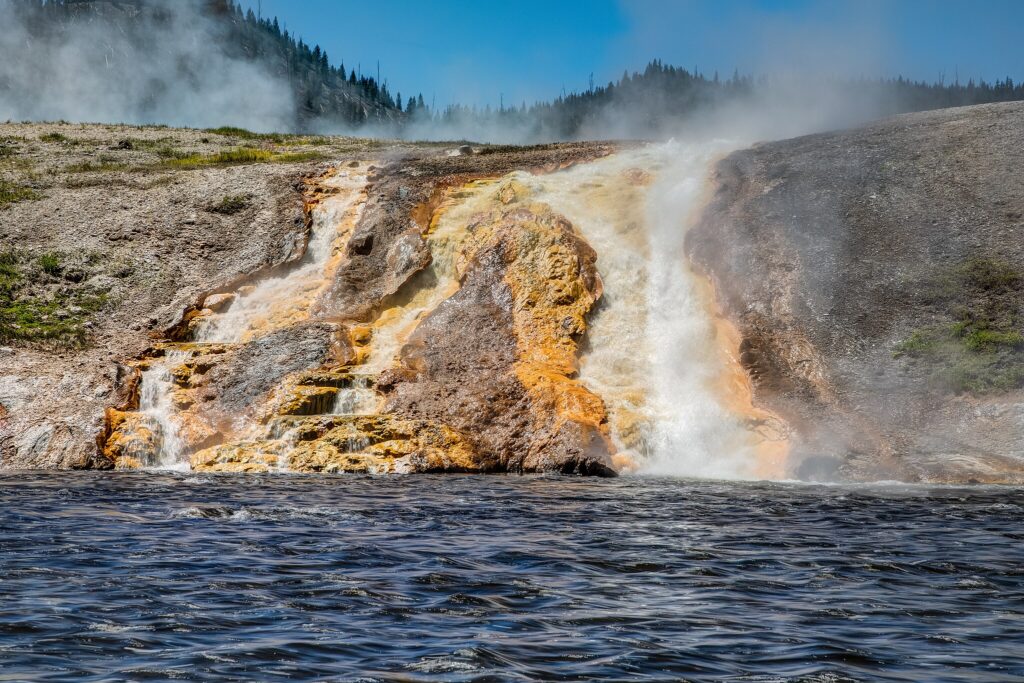When Steven Spielberg’s groundbreaking film Jurassic Park roared into theaters in 1993, audiences worldwide were captivated by the adventures of Dr. Alan Grant, the rugged paleontologist who knew dinosaurs better than anyone alive. But what many moviegoers didn’t realize was that this fictional character was inspired by a very real scientist whose revolutionary discoveries had already begun reshaping our understanding of these ancient giants. Dr. Jack Horner, a Montana-based paleontologist with an unconventional background and a gift for seeing what others missed, became the scientific backbone behind one of cinema’s most beloved characters. His influence on the film extended far beyond simple consultation – he fundamentally changed how Hollywood, and the world, would view dinosaurs forever.
The Unlikely Academic Who Changed Everything
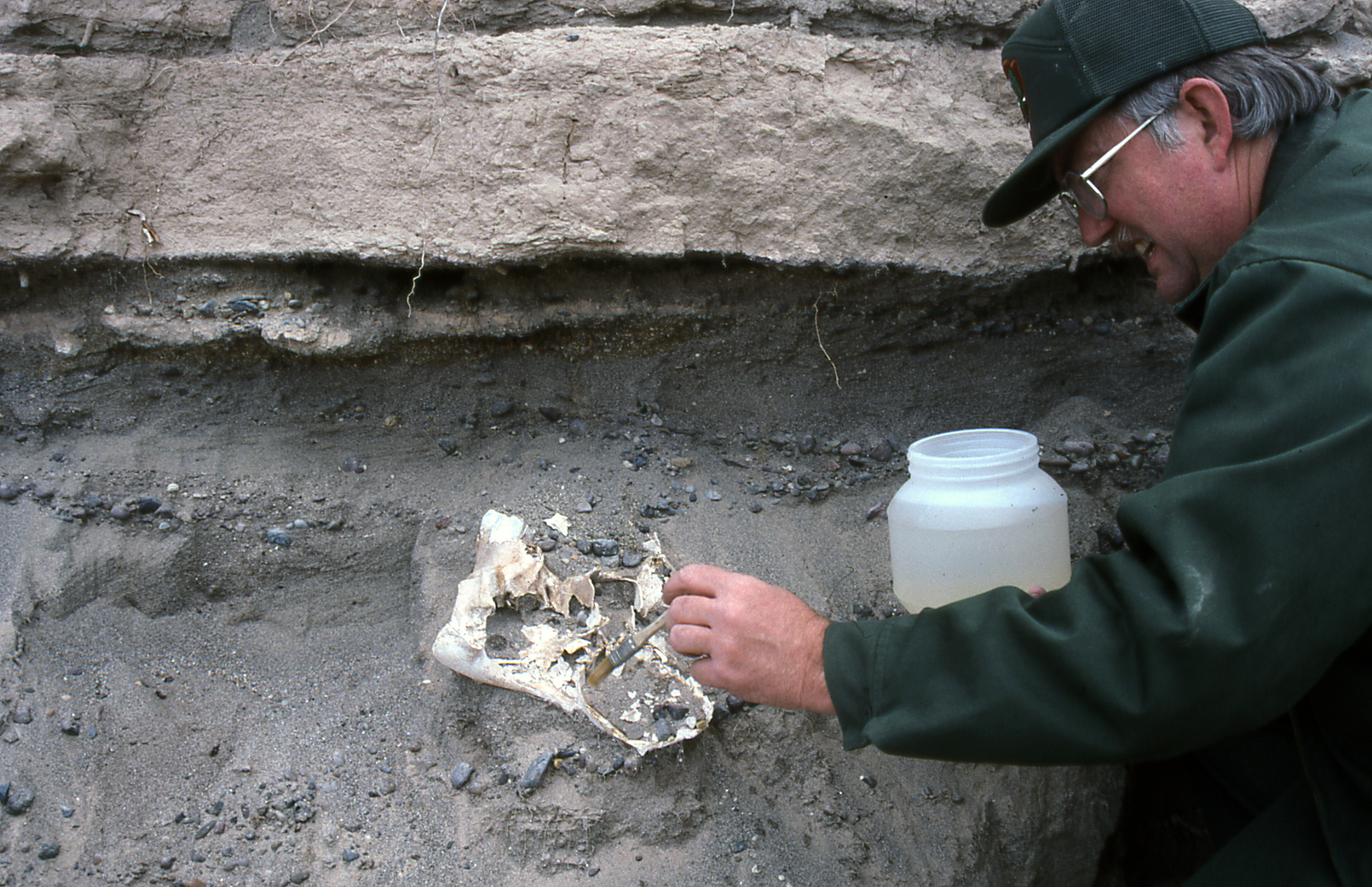
Jack Horner’s path to becoming one of the world’s most famous paleontologists was anything but traditional. Born in 1946 in Shelby, Montana, Horner struggled with severe dyslexia throughout his schooling, making traditional academic success nearly impossible. He flunked out of the University of Montana seven times, never earning a college degree, yet his passion for fossils burned brighter than any classroom could contain. Instead of textbooks, young Horner learned by spending countless hours in the Montana badlands, developing an intuitive understanding of rock formations and fossil deposits that would later prove invaluable. His story proves that sometimes the most groundbreaking discoveries come from those who think differently, not necessarily those who fit the academic mold.
Early Discoveries That Shook the Scientific World

Horner’s first major breakthrough came in 1978 when he discovered the first dinosaur eggs found in the Western Hemisphere at a site he named Egg Mountain. This wasn’t just another fossil find – it was evidence that completely challenged existing theories about dinosaur behavior. The eggs were arranged in carefully constructed nests, suggesting that these ancient creatures cared for their young much like modern birds do. What made this discovery even more remarkable was finding fossilized baby dinosaurs alongside the eggs, indicating extended parental care that contradicted the long-held belief that dinosaurs were cold-blooded, uncaring reptiles. This single discovery launched Horner into the scientific spotlight and began his lifelong mission to prove that dinosaurs were far more complex and sophisticated than anyone had imagined.
Meeting Hollywood’s Vision

When Michael Crichton was writing his novel Jurassic Park, he sought out Jack Horner as a scientific consultant to ensure accuracy in his portrayal of dinosaurs and paleontology. Horner’s revolutionary ideas about dinosaur behavior, intelligence, and social structures became integral to Crichton’s story, influencing everything from how the creatures moved to how they cared for their offspring. The character of Alan Grant was directly modeled after Horner – a field-savvy paleontologist more comfortable digging in remote locations than sitting in university lecture halls. When Spielberg adapted the book for film, he immediately recognized Horner’s value and brought him on as the primary paleontological consultant. This collaboration would prove to be one of the most successful scientist-Hollywood partnerships in cinema history, bringing legitimate scientific discovery to mainstream entertainment.
Revolutionizing Dinosaur Behavior on Screen
Horner’s influence on Jurassic Park went far beyond ensuring the dinosaurs looked scientifically accurate – he fundamentally changed how they behaved. Before his involvement, most movies portrayed dinosaurs as mindless, lumbering beasts driven purely by hunger and aggression. Horner insisted that the film’s dinosaurs display complex social behaviors, problem-solving abilities, and parental instincts based on his fossil evidence. The famous scene where velociraptors demonstrate pack hunting strategies came directly from Horner’s research into dinosaur intelligence and cooperation. He also pushed for the portrayal of dinosaurs as warm-blooded, active creatures rather than the sluggish, cold-blooded reptiles of older monster movies. These changes didn’t just make for better entertainment – they introduced millions of viewers to a scientifically accurate vision of what dinosaurs were really like.
The Maiasaura Discovery That Changed Parenting Forever

Perhaps Horner’s most famous discovery was Maiasaura, literally meaning “good mother lizard,” a duck-billed dinosaur that provided unprecedented evidence of sophisticated parental care in prehistoric times. The fossilized remains showed adult dinosaurs bringing food to their babies in carefully constructed nests, much like modern birds feed their chicks. What stunned the scientific community was evidence that these baby dinosaurs remained in their nests for extended periods, growing from about one foot to eight feet long before becoming independent. This discovery completely revolutionized our understanding of dinosaur family structures and proved that some species invested tremendous energy in raising their young. The emotional impact of imagining these ancient giants tenderly caring for their babies captured public imagination and helped transform dinosaurs from scary monsters into complex, relatable creatures.
Challenging the Extinction Narrative

While most people think of dinosaurs as completely extinct, Jack Horner has spent decades arguing that they never really went away at all. His research demonstrates that modern birds are direct descendants of theropod dinosaurs, making every sparrow and eagle a living dinosaur. This isn’t just a semantic argument – Horner’s fossil evidence shows clear evolutionary connections between dinosaur bone structure, respiratory systems, and reproductive strategies with those of modern birds. He loves to point out that there are more species of dinosaurs alive today than there were 65 million years ago, they’re just flying around our backyards instead of stomping through prehistoric forests. This perspective shift has profound implications for how we understand evolution, extinction, and the continuity of life on Earth. When you watch a chicken pecking in a farmyard, according to Horner, you’re literally watching a dinosaur in action.
The T-Rex Controversy That Divided Scientists

One of Horner’s most controversial theories involves the mighty Tyrannosaurus Rex, challenging its reputation as the ultimate prehistoric predator. Based on his analysis of T-Rex bone structure, teeth, and arm proportions, Horner argues that this massive dinosaur was primarily a scavenger rather than an active hunter. His evidence includes relatively small arms that seem poorly designed for grappling with prey, teeth better suited for crushing bones than slicing flesh, and sensory adaptations that favor detecting carrion over tracking live animals. This theory sparked heated debates within the paleontological community, with many scientists defending T-Rex’s predatory reputation. While the controversy continues, Horner’s willingness to challenge established assumptions demonstrates the kind of scientific thinking that leads to breakthrough discoveries. Whether he’s ultimately right or wrong about T-Rex, his alternative perspective forces other scientists to examine their evidence more carefully.
Building Dinosaurs from Chickens

In one of his most ambitious and controversial projects, Horner has been working to reverse-engineer dinosaur characteristics in modern birds, essentially trying to create a “chickenosaurus.” The idea isn’t science fiction – it’s based on the principle that many dinosaur traits still exist in dormant form within bird DNA. By activating certain genes and suppressing others, Horner believes it’s possible to make chickens grow teeth, long tails, and clawed hands like their dinosaur ancestors. While this project has faced ethical concerns and technical challenges, it represents a fascinating approach to understanding evolution and development. The goal isn’t to create actual dinosaurs for entertainment, but to better understand how evolutionary changes occur and how ancient traits can be preserved across millions of years. This research could revolutionize our understanding of genetics, development, and the deep connections between past and present life forms.
The Museum of the Rockies Legacy

As curator of paleontology at the Museum of the Rockies in Montana, Horner transformed a regional museum into one of the world’s premier dinosaur research institutions. Under his leadership, the museum’s fossil collection grew from a few thousand specimens to over 500,000, making it the largest dinosaur collection in the United States. Horner’s philosophy emphasized making paleontology accessible to the public, creating exhibits that tell stories rather than simply displaying bones. He believed that museums should inspire curiosity and wonder, not just education, leading to innovative displays that put visitors inside prehistoric environments. The museum became a training ground for a new generation of paleontologists who shared Horner’s vision of dinosaurs as complex, fascinating creatures worthy of careful study. Many of today’s leading dinosaur researchers got their start working alongside Horner in the Montana badlands, carrying forward his innovative approaches to fieldwork and interpretation.
Fieldwork Philosophy and Techniques
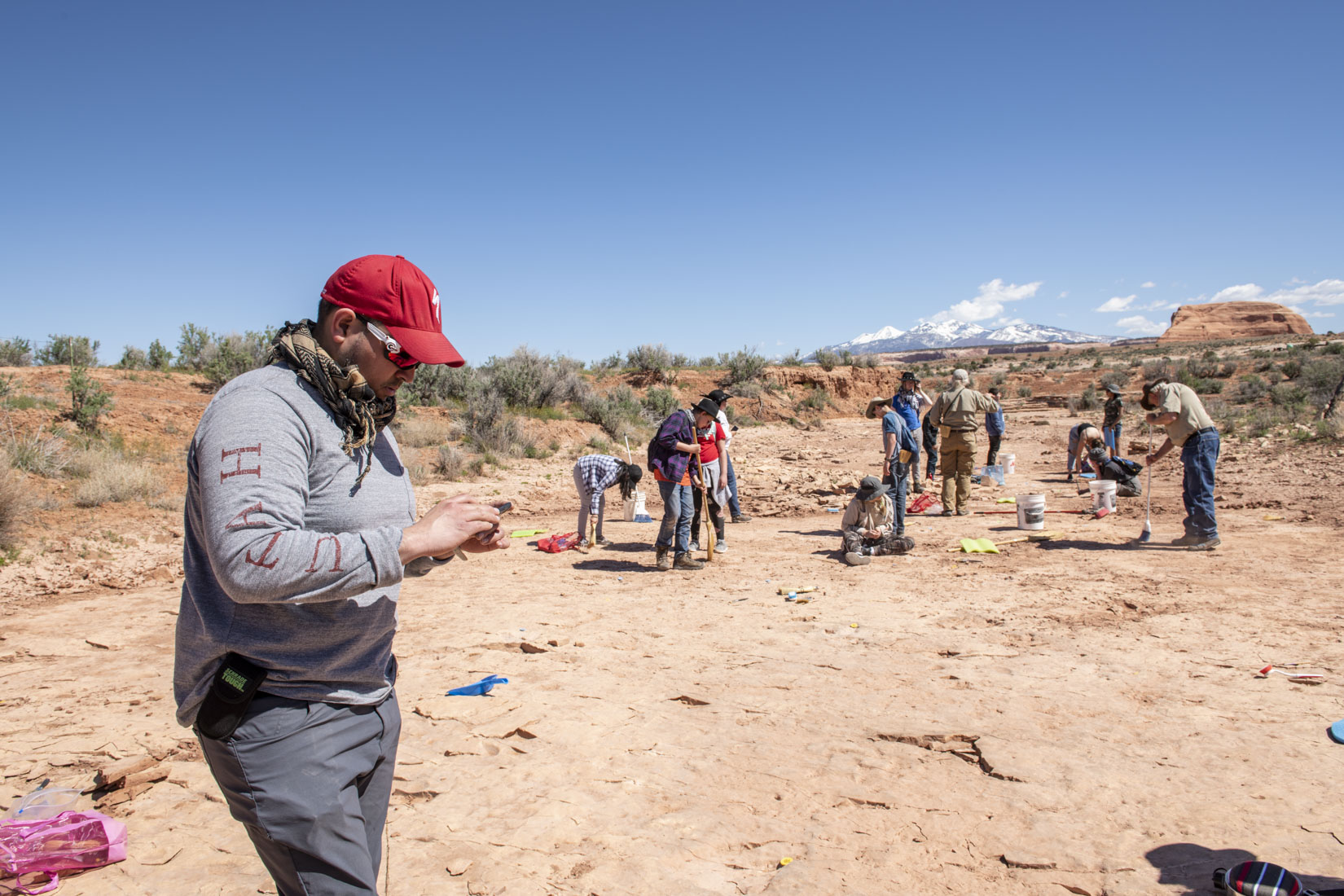
Horner’s approach to fossil hunting differs significantly from traditional paleontological methods, emphasizing careful site analysis and long-term excavation over quick discoveries. He developed techniques for understanding the geological context of fossil sites, recognizing that the story of how dinosaurs lived is often more important than individual specimens. His teams spend months mapping fossil locations, analyzing rock layers, and documenting the precise position of every bone fragment before removal. This meticulous approach has yielded insights into dinosaur behavior, ecology, and social structures that would be impossible to obtain from isolated specimens. Horner often compares his work to detective investigations, where every piece of evidence must be carefully preserved and analyzed to reconstruct ancient events. His emphasis on field schools and hands-on training has influenced how paleontology is taught worldwide, creating a generation of researchers who understand that great discoveries come from patience, observation, and careful methodology.
The Dinosaur Growth Revolution
One of Horner’s most significant contributions to paleontology involves understanding how dinosaurs grew from babies to adults, a process that proved far more complex than anyone imagined. His research revealed that many supposed dinosaur species were actually the same animals at different growth stages, similar to how a tadpole and frog are the same creature. By studying bone microstructure and growth patterns, Horner discovered that dinosaurs experienced rapid growth spurts, changing dramatically in size and appearance as they matured. This research solved longstanding puzzles about dinosaur diversity and helped explain why some fossil sites contain so many apparently different species. The implications extend beyond dinosaurs – Horner’s growth studies have influenced our understanding of how all ancient animals developed and matured. His work demonstrates that paleontology isn’t just about identifying species, but about understanding the complete life cycles of extinct creatures.
Inspiring the Next Generation
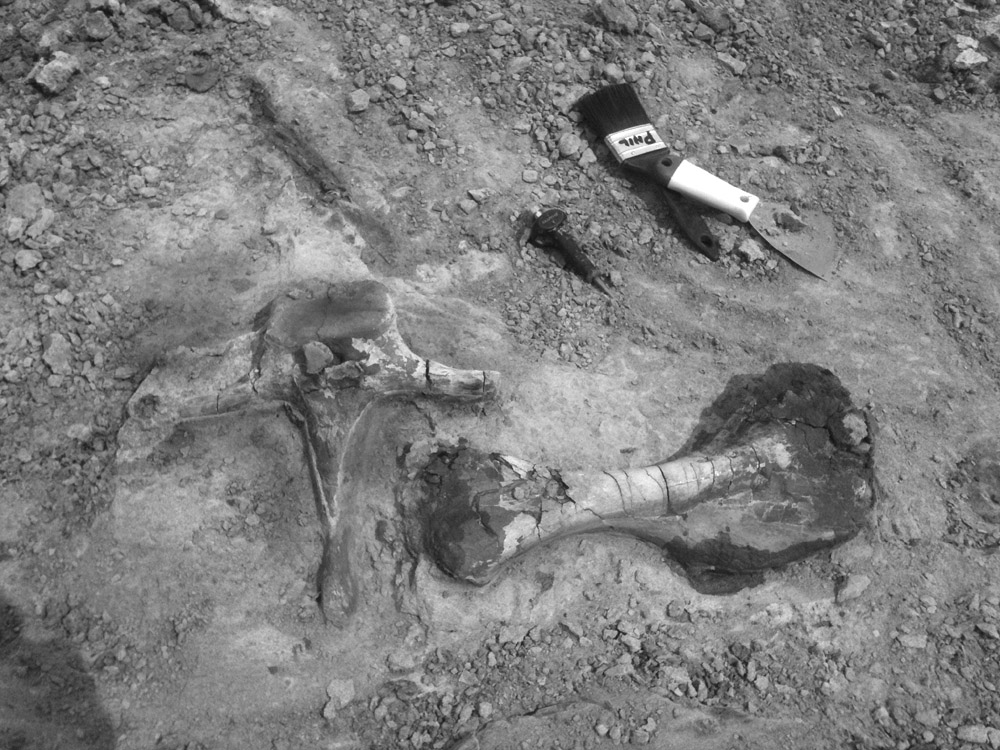
Despite never earning a formal college degree, Horner has received numerous honorary doctorates and has trained dozens of successful paleontologists throughout his career. His teaching philosophy emphasizes hands-on experience over classroom theory, believing that the best way to learn about dinosaurs is to spend time digging them up. Many of his former students have gone on to make significant discoveries of their own, carrying forward his innovative approaches to research and interpretation. Horner’s influence extends beyond professional paleontologists to countless amateur fossil hunters and curious children who have been inspired by his work. He regularly speaks at schools and museums, sharing his passion for discovery and encouraging young people to pursue their interests regardless of academic challenges. His story proves that scientific success comes from curiosity, persistence, and the willingness to challenge conventional thinking rather than simply following established paths.
Beyond Hollywood: Continuing Scientific Impact
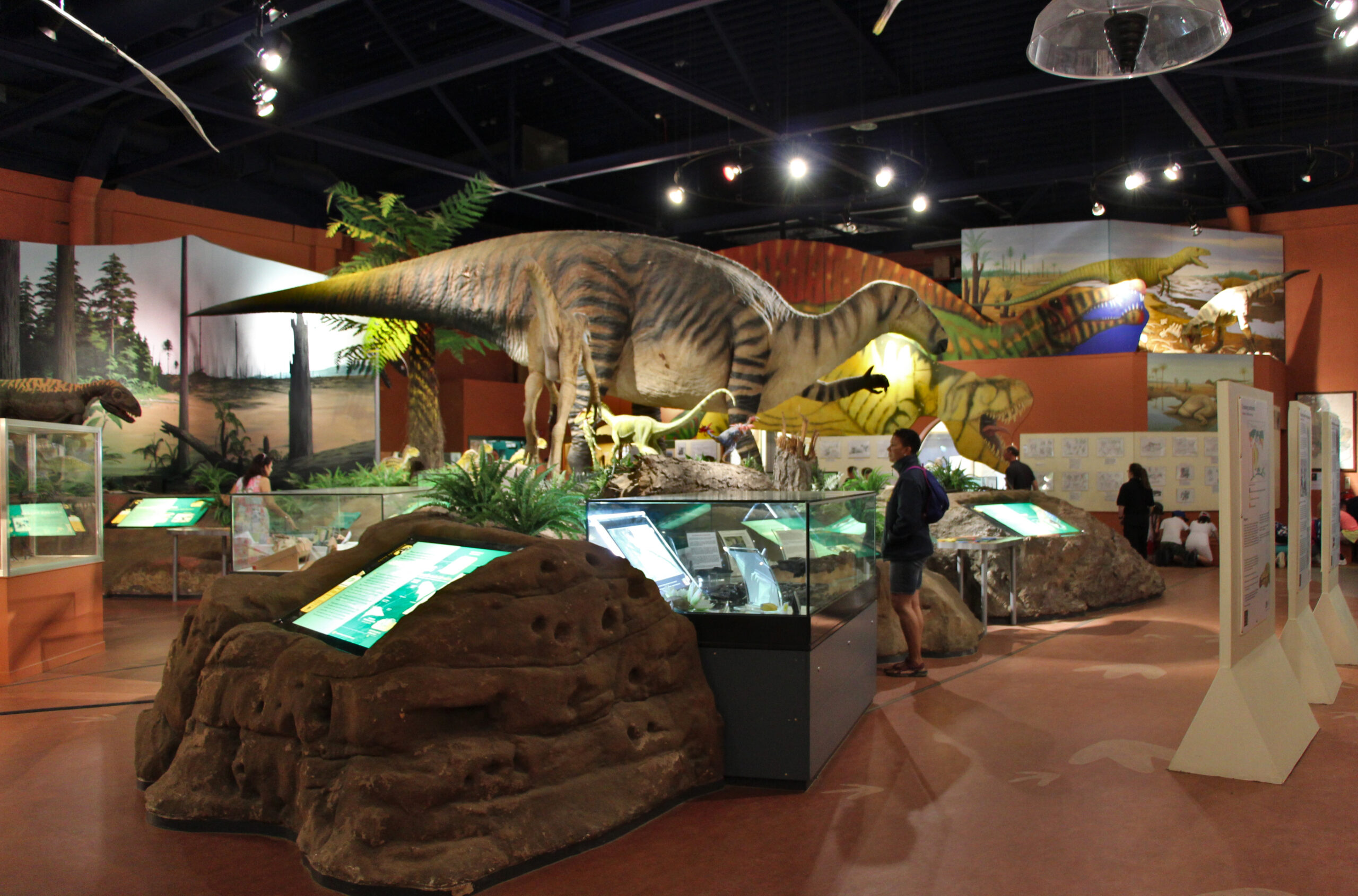
While Jurassic Park made Horner famous worldwide, his scientific contributions extend far beyond his Hollywood consultation work. His research continues to influence how we understand dinosaur biology, behavior, and evolution, with new discoveries regularly building on his foundational work. Recent advances in technology have allowed Horner and his colleagues to analyze fossils in ways that were impossible when he started his career, revealing even more complex details about dinosaur physiology and social structures. His emphasis on understanding dinosaurs as living, breathing animals rather than just fossil specimens has influenced research approaches across the field. Today’s paleontologists routinely consider behavior, growth patterns, and ecological relationships in ways that directly trace back to Horner’s pioneering work. The ripple effects of his discoveries continue to generate new questions and research directions, ensuring that his influence on paleontology will persist for generations to come.
The Lasting Impact of Scientific Storytelling
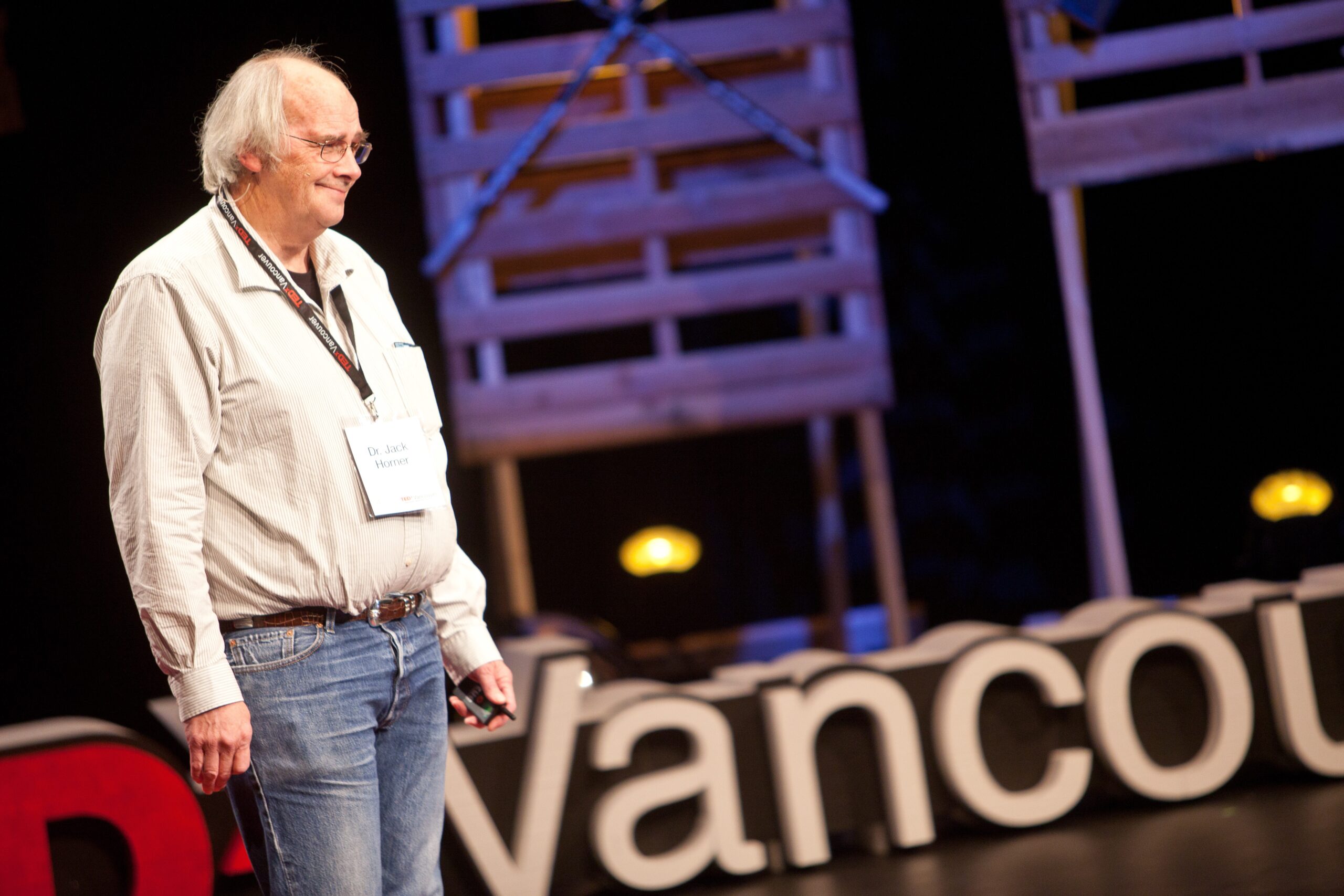
Jack Horner’s greatest achievement may be demonstrating how scientific accuracy can enhance rather than limit popular entertainment. His work on Jurassic Park proved that audiences hunger for authentic scientific content when it’s presented in engaging, accessible ways. The film’s success opened doors for countless other science consultants in Hollywood, establishing a model for productive collaboration between researchers and entertainment creators. Horner’s approach emphasized that making science exciting doesn’t require sacrificing accuracy – in fact, real discoveries are often more amazing than anything writers could imagine. His influence helped establish paleontology as a dynamic, ongoing field of research rather than a dusty academic pursuit focused on dead things. The enthusiasm generated by scientifically accurate dinosaur portrayals has inspired increased funding for paleontological research and attracted new researchers to the field.
Conclusion
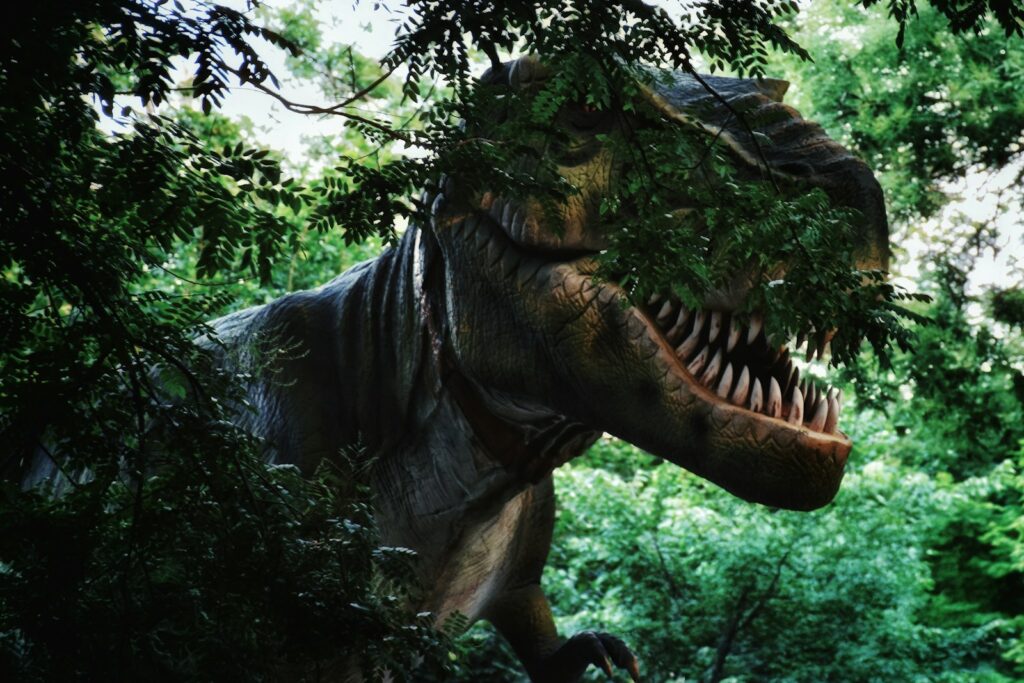
The man behind Jurassic Park’s Alan Grant transformed not only how we see dinosaurs, but how science itself can capture public imagination and drive real discovery. Jack Horner’s unconventional journey from struggling student to world-renowned paleontologist proves that scientific breakthrough often comes from those who dare to think differently and challenge established assumptions. His discoveries about dinosaur behavior, growth, and evolution continue to reshape our understanding of prehistoric life, while his collaboration with Hollywood demonstrates the power of bringing authentic science to mainstream audiences. Through patient fieldwork, innovative thinking, and an unwavering passion for discovery, Horner has ensured that our fascination with dinosaurs is grounded in scientific truth rather than mere fantasy. What other revolutionary discoveries might be waiting in the badlands for the next curious mind willing to challenge everything we think we know?


